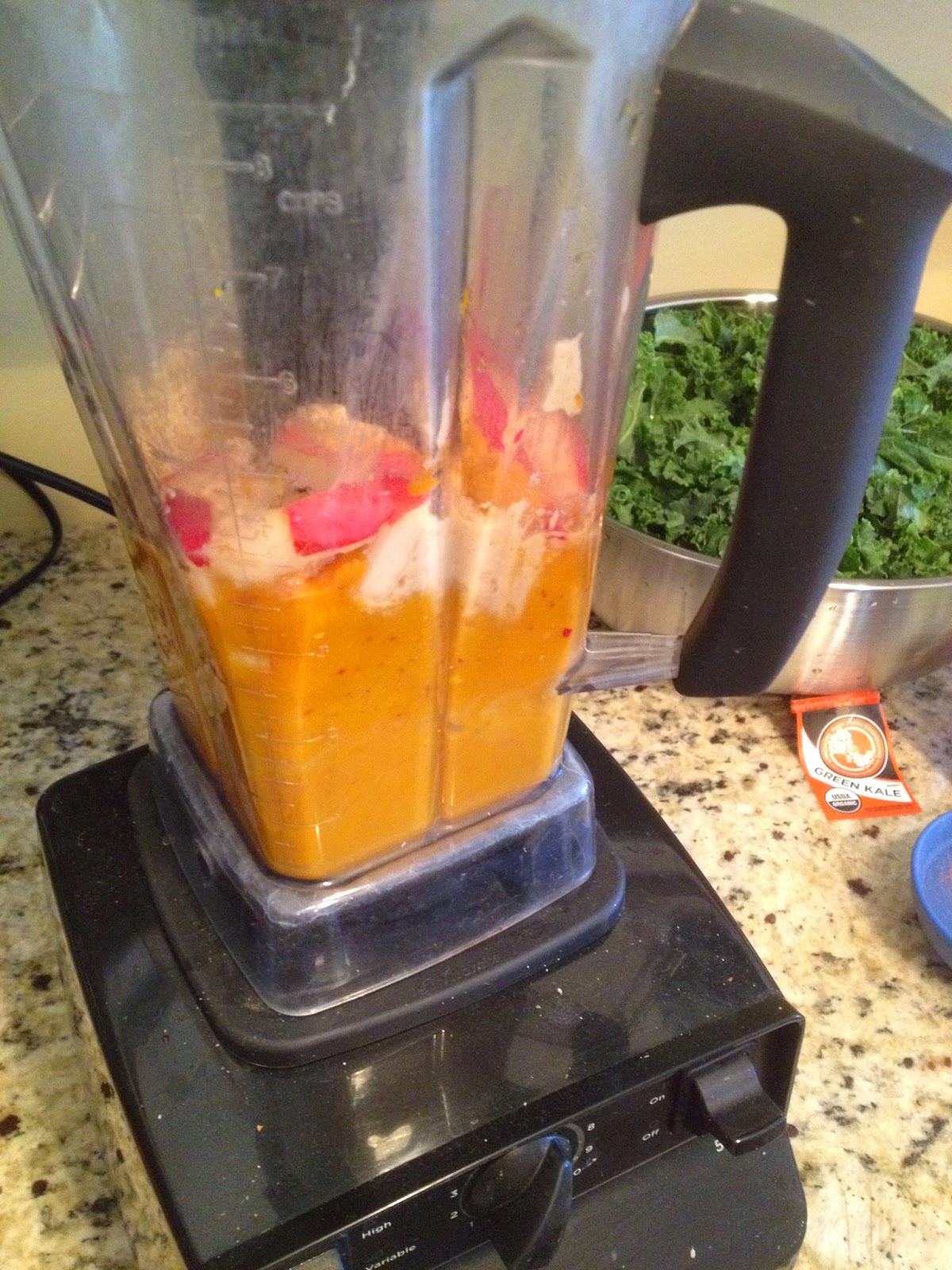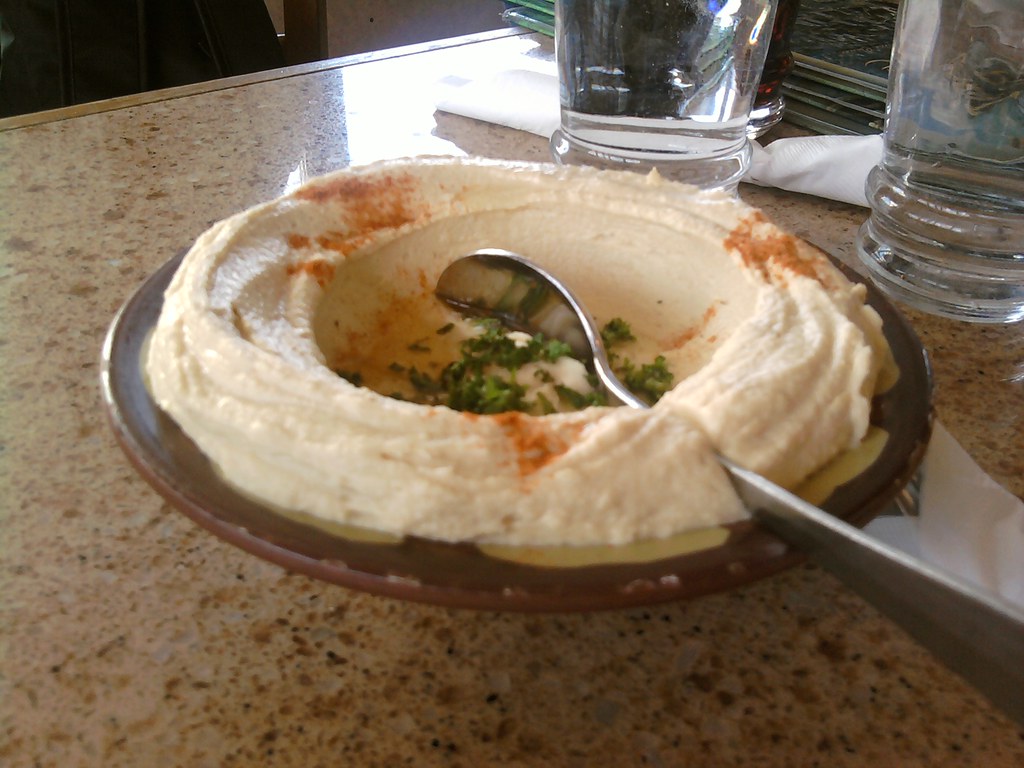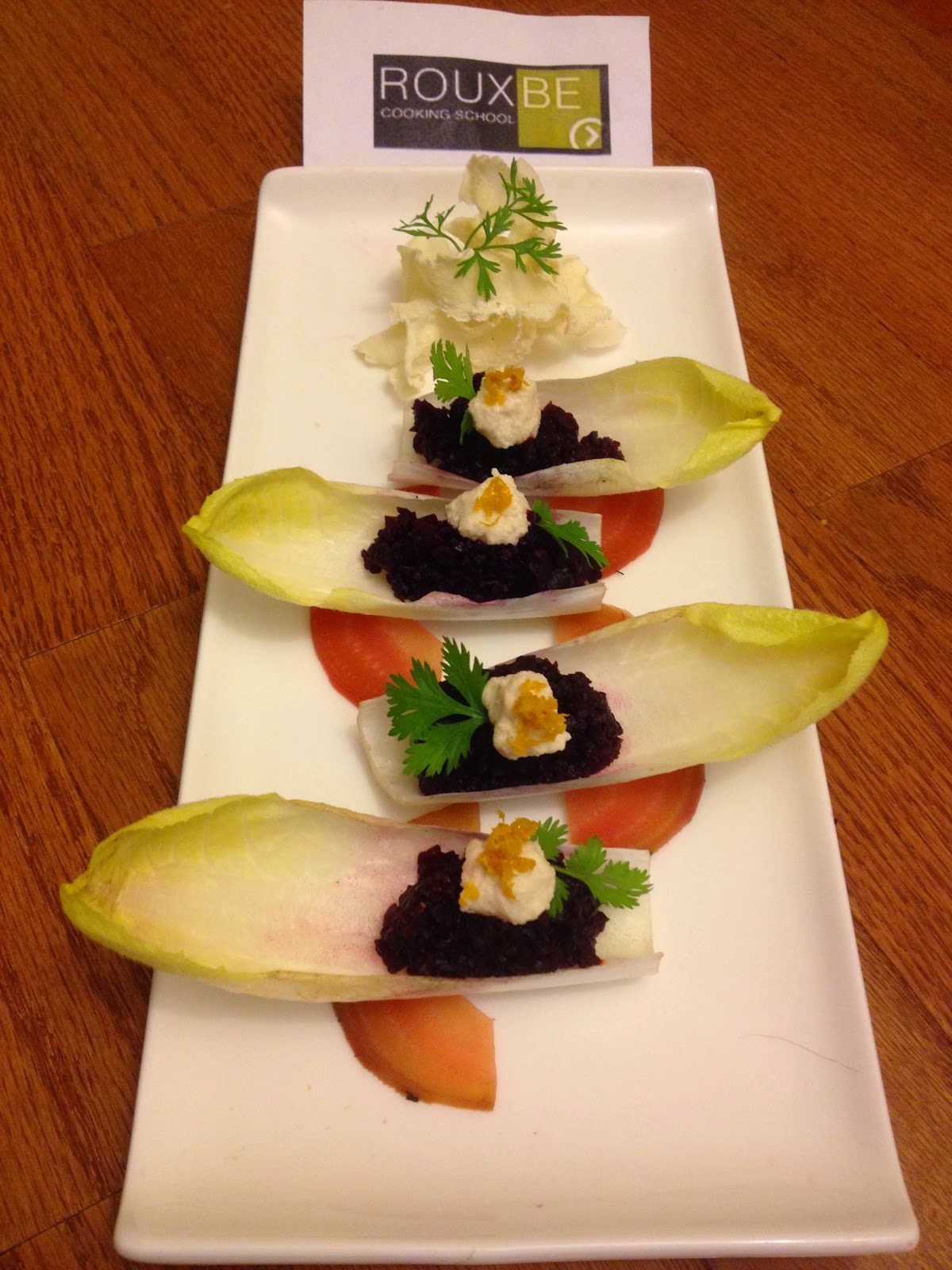At community gatherings all over town, yogis are coming together to do 108 rounds of this yoga sequence. This celebration offers an opportunity to express gratitude toward the sun through a moving meditation on energy and light. Plants also respond to the longer cycles of light by shifting from storing sugars to increasing photosynthesis which will eventually lead to the greening Spring Blossom. Like the plants I find I also begin to increase activity in the Winter, perhaps as an attempt to burn a bit of the extra sugar consumed during the sweet Winter Celebrations.
 I've never had a huge sugar-tooth, so my indulgence in sweets is usually tempered by making them with whole food sweeteners like fruit pastes and purees. This simple date paste is a staple in my fridge through the holidays. For some, unprocessed sugars can be a bit underwhelming. Perhaps this is because they don't spike dopamine production like regular sugar. Neuroscience of the sugar-brain response suggests that other stimuli, like music, produces similar reward feelings without the negative effects of over-stimulation. So could eating whole food treats be enhanced by the music we listen to while we consume it?
I've never had a huge sugar-tooth, so my indulgence in sweets is usually tempered by making them with whole food sweeteners like fruit pastes and purees. This simple date paste is a staple in my fridge through the holidays. For some, unprocessed sugars can be a bit underwhelming. Perhaps this is because they don't spike dopamine production like regular sugar. Neuroscience of the sugar-brain response suggests that other stimuli, like music, produces similar reward feelings without the negative effects of over-stimulation. So could eating whole food treats be enhanced by the music we listen to while we consume it?This recent study suggests that what we hear does affect what we taste.
"You can then start creating experiences where you play particular kinds of music or soundscape to diners or to drinkers while they're tasting," Charles Spence [the author of the study] says. "We're able to show that we can change the experience in [the] mouth by about 5 or 10 percent."As you celebrate today, enjoy your whole food plant based sweets with a happy soundtrack to make your Winter Solstice celebration even sweeter. I'll be making these sunbutter truffles, which make the perfect post-sun salutation recovery snack, and listening to the Beatles.
Namaste.
More of my favorite happy tunes on Spotify
More of my favorite happy tunes on Spotify













































